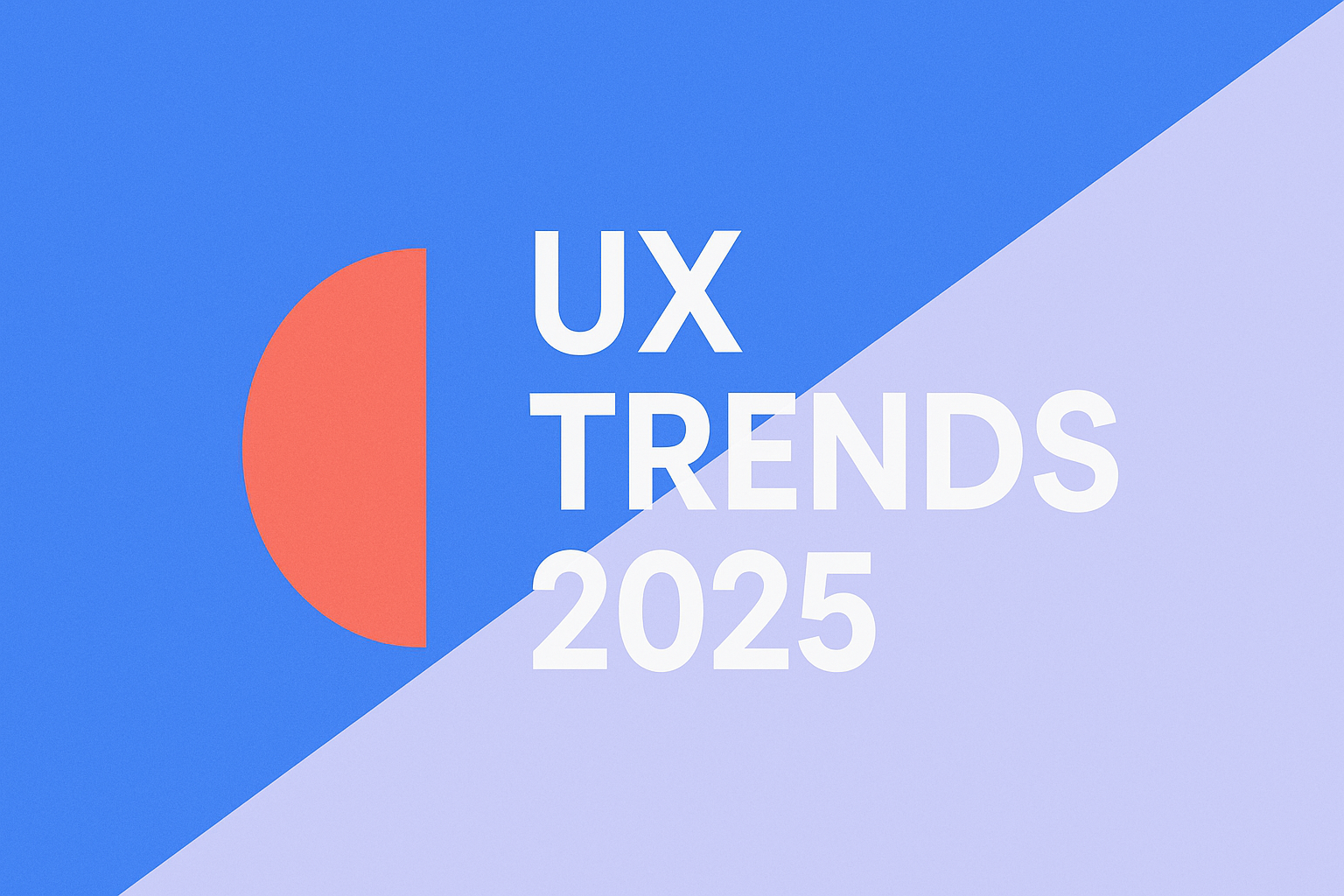
The pace of change in digital design shows no sign of slowing, and in 2025, the way businesses interact with their customers online is undergoing another transformation. For a UX consultancy like XploreUX, staying ahead of these changes isn’t simply a matter of professional curiosity—it’s a business necessity. The latest UX trends are not just about visual polish or keeping up with technology for its own sake. They are shaping the way we communicate, how we present information, and how users connect emotionally with digital products.
This year, we’re seeing a blend of cutting-edge technology, deeper empathy for users, and a stronger sense of ethical responsibility in design. Businesses can no longer rely solely on what worked in the past; users expect experiences that are not only functional but also meaningful, inclusive, and emotionally resonant. In this post, we’ll explore the most important UX trends for 2025, showing how they can help brands connect with audiences on a deeper level while delivering measurable results.
Artificial intelligence continues to be a hot topic in the design world, but one of the defining UX trends this year is a shift from novelty to meaningful integration. In the past, AI features were often implemented for their “wow” factor, but in 2025, users and businesses alike are demanding clear value.
This doesn’t mean AI is any less powerful—quite the opposite. It’s now embedded in design workflows in ways that are practical, thoughtful, and user-centred. For example, AI can automate routine design adjustments, generate layout suggestions, or produce content variations for testing, freeing up designers to focus on solving complex problems. At its best, AI acts as a creative partner, offering ideas and alternatives that a human might not immediately consider, while leaving the ultimate decision-making in the hands of skilled designers.
The most successful applications this year are those that improve accessibility, speed up production without cutting corners, and enhance personalisation in a way that feels helpful rather than invasive. This is the key distinction in 2025’s UX trends: AI isn’t here to replace designers—it’s here to make them more effective.
Accessibility has always been a cornerstone of good design, but it’s now front and centre thanks to new regulations and heightened awareness. In Europe, compliance deadlines for accessibility laws have made inclusive design a business-critical requirement. This is no longer something companies can “get to later”—it must be baked into projects from the very start.
One of the most notable UX trends in accessibility is the shift in mindset from treating it as a checklist to viewing it as a creative challenge. Designers are finding ways to make accessibility features seamless, elegant, and integrated rather than tacked on. High-contrast modes, text resizing options, and keyboard navigation are becoming default features, while audio descriptions and voice navigation are being refined for broader audiences.
The benefits extend beyond legal compliance. Inclusive design naturally expands your audience, improves user satisfaction, and positions your brand as socially responsible. In the long run, this focus will be a competitive differentiator for businesses who embrace it.
Visual storytelling is another area where 2025’s UX trends are evolving. The use of immersive visuals—such as 3D elements, dynamic textures, and interactive components—is becoming more mainstream. This shift isn’t just about looking modern; it’s about drawing users into an experience and making digital environments feel tactile and alive.
Bento layouts, which arrange content into clearly defined but visually engaging blocks, are becoming popular for their ability to organise complex information without overwhelming users. Motion design, particularly micro-animations and animated icons, is increasingly used to guide attention, signal changes, and provide feedback in a way that feels intuitive.
When done well, these techniques create a sense of flow and responsiveness that strengthens the bond between user and product. They also reflect a wider UX trend towards interfaces that are not just usable but emotionally engaging.
In the past, user experience was often seen as a purely functional discipline: make it clear, make it quick, and make it efficient. But one of the most compelling UX trends in 2025 is emotionally intelligent design—the idea that digital products should understand, anticipate, and respond to users’ emotional states.
This can take many forms: calming colour schemes in stressful situations, encouraging language when a task is challenging, or adaptable interfaces that adjust based on usage patterns. Crucially, emotionally intelligent design isn’t manipulative—it’s rooted in empathy and aimed at genuinely improving the user’s experience.
Ethics also play a bigger role. Users are more aware than ever of how their data is collected and used, and they expect transparency. Companies following this UX trend are being more upfront about data usage, offering clear consent options, and designing in ways that prioritise long-term trust over short-term gains.
Modern users interact with brands across multiple devices—smartphones, tablets, laptops, smart TVs, and even wearables. They expect these experiences to be consistent and connected. This is why cross-platform design remains a dominant UX trend.
But consistency is only part of the story. In 2025, we’re seeing a rise in context-aware design, where interfaces adapt to a user’s current situation. This could mean adjusting the complexity of an interface depending on whether the user is on a mobile device during their commute or on a desktop at home. It could also involve personalising content based on location, time of day, or past behaviour.
The goal is not just to maintain visual and functional harmony across devices, but to make each interaction feel relevant and timely.
Voice technology continues to mature, and this year’s UX trends see it being integrated into more applications in ways that feel natural and intuitive. Voice interfaces are moving beyond simple command-and-response systems to support more conversational, context-sensitive interactions.
Alongside this, generative AI is enabling highly personalised experiences. The challenge—and opportunity—lies in making these experiences feel helpful rather than intrusive. When done well, this level of personalisation can make users feel understood and valued, strengthening loyalty and engagement.
However, this UX trend also brings ethical considerations. Users must be informed about how their data is being used, and personalisation should always be an opt-in feature, not something that happens without explicit consent.
One of the quieter but no less significant UX trends this year is the deepening of research practices. As UX matures as a discipline, more emphasis is being placed on understanding users at a strategic level—mapping their journeys, identifying friction points, and uncovering unmet needs that can drive product innovation.
UX is also expanding beyond the tech sector into areas like healthcare, education, and government services. This reflects a growing recognition that good design is not just for commercial products but can have a profound impact on public life and well-being.
Sustainability is increasingly part of the UX conversation. This doesn’t just mean using eco-friendly imagery or talking about green values—it’s about designing products and systems that are built to last, reduce waste, and operate efficiently.
In digital terms, sustainability can involve optimising code and assets to reduce energy consumption, avoiding “dark patterns” that encourage wasteful behaviours, and creating experiences that encourage mindful usage rather than constant engagement. This is one of the UX trends that bridges ethical responsibility with long-term brand value.
AI isn’t just influencing design output—it’s also transforming how we conduct research. Tools that can quickly analyse user feedback, summarise large datasets, and identify patterns are becoming integral to the UX process. This UX trend allows teams to iterate faster and base decisions on a richer understanding of user needs.
Of course, human oversight remains critical. AI can surface insights, but it takes skilled researchers to interpret them in context and translate them into meaningful design improvements.
Finally, amid all the technological advances, there’s a counterbalancing UX trend: a renewed focus on craftsmanship. The best designers are those who can use tools effectively but are not defined by them. They understand that empathy, creativity, and problem-solving are skills that no software can replace.
In 2025, the most valuable designers will be those who combine technical proficiency with strategic thinking, who can step back from the latest tool or trend and ask, “Does this serve the user? Does this serve the brand’s long-term goals?” This mindset ensures that UX remains a human-led discipline, even in an age of automation.
Why do these UX trends matter so much? Because the impact on business is measurable. Companies that prioritise user experience see higher conversion rates, stronger customer loyalty, and better brand perception. Poor UX, on the other hand, drives users away—sometimes permanently.
Research shows that even small delays in page loading can cause significant drop-offs in engagement, while well-structured and personalised experiences can dramatically increase customer satisfaction. Accessibility improvements not only expand your audience but can also improve search rankings and overall usability for all users.
The UX trends shaping 2025 are more than passing fads—they are responses to real changes in technology, regulation, and user expectations. They represent a more mature, thoughtful approach to design, one that balances innovation with responsibility.
For XploreUX, embracing these trends means helping clients create experiences that are not only cutting-edge but also meaningful, inclusive, and sustainable. It means using AI intelligently, prioritising accessibility, crafting emotionally resonant designs, and never losing sight of the human element at the heart of user experience.
By staying ahead of these developments, we can ensure that the products and services we design today will remain relevant, effective, and loved by users tomorrow.


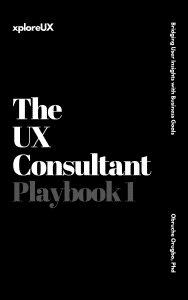


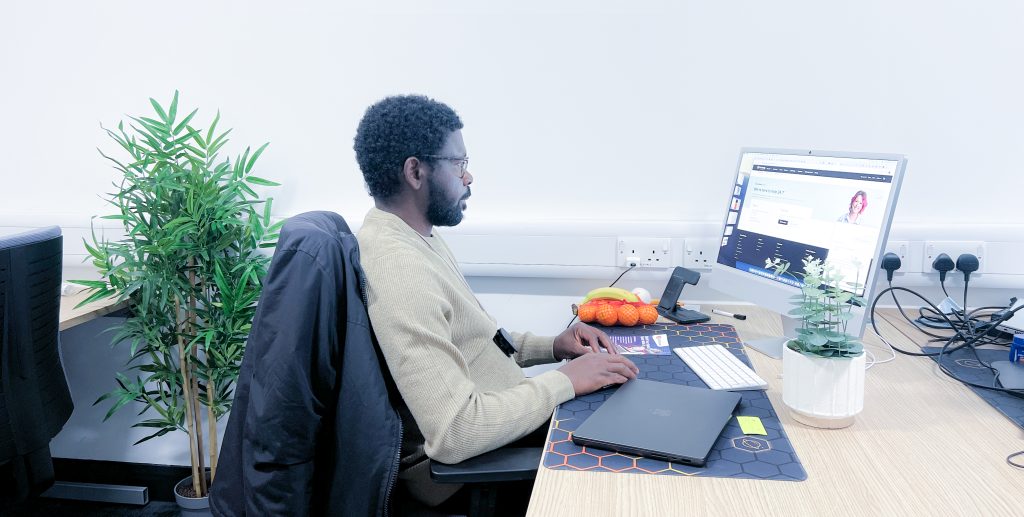
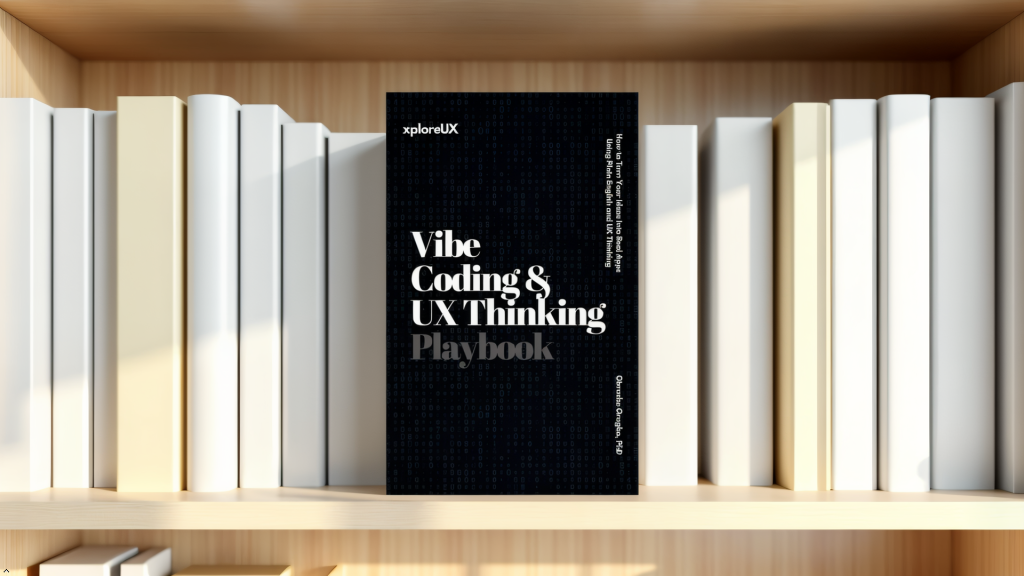
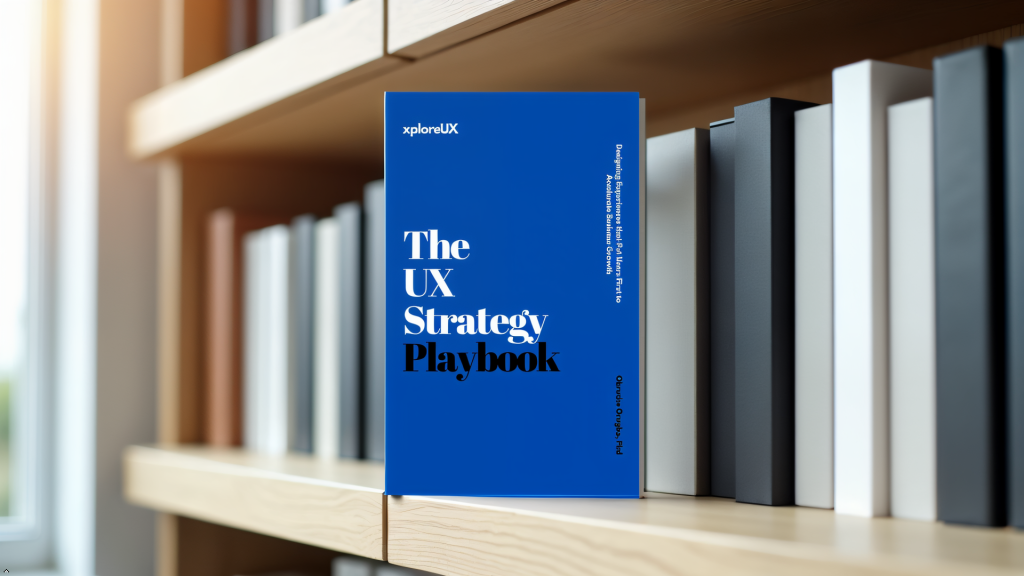
3 comments